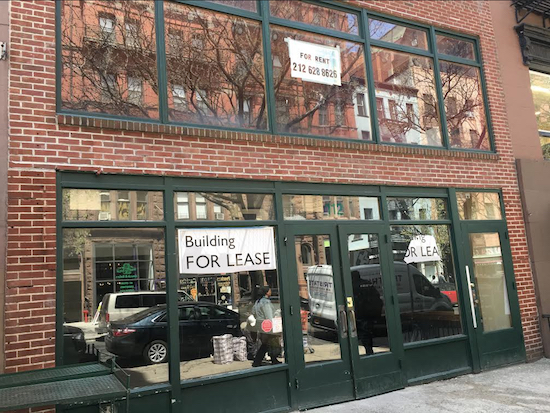Mayor delivers State of the City focused on small businesses, children and the environment
Landlord Vacancy Tax might address empty storefront issue, if Albany plays along

Mayor Bill de Blasio said he aims to help out small businesses, keep kids safe and make the city greener in his annual State of the City speech on Thursday.
To help mom-and-pop shops, the city will provide free lawyers for lease negotiations and convene a commission to study protecting small businesses from “egregious rent hikes.”
“In your own neighborhood, is there a cherished small business, a mom and pop store that you have seen close that you wish was still there?” de Blasio asked. “I’m going to name a commission of people of different viewpoints and different expertise to come back to us once and for all this year with an answer: Is there a legal way we can have commercial rent control in New York City? That is the answer we need, and, if it’s a yes, we should go to Albany and get it done in 2021.”

Brooklyn Boro
View MoreNew York City’s most populous borough, Brooklyn, is home to nearly 2.6 million residents. If Brooklyn were an independent city it would be the fourth largest city in the United States. While Brooklyn has become the epitome of ‘cool and hip’ in recent years, for those that were born here, raised families here and improved communities over the years, Brooklyn has never been ‘uncool’.